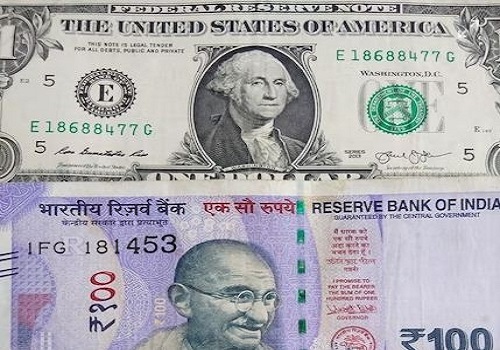The Ultimate Guide to Men's Tie Fashion: Elevate Your Style with Confidence

A well-chosen tie is more than just an accessory—it is a statement of style, personality, and sophistication. Whether dressing for a formal event, a business meeting, or a casual outing, the right tie can enhance your outfit and create a lasting impression. This guide explores the history, types, styling tips, and latest trends in men's tie fashion, helping you master the art of wearing ties with confidence.
A Brief History of the Tie
Ties have a rich history that dates back centuries. Originating from Croatian mercenaries in the 17th century, the necktie evolved from cravats into the modern accessory we see today. Over time, different styles emerged, reflecting changing fashion trends and societal norms. Today, ties remain a staple in men’s fashion, symbolizing elegance and professionalism.
Types of Ties and Their Uses
Neckties – The most common type, suitable for business, formal occasions, and semi-formal events.
Bow Ties – A classic choice for black-tie events, weddings, and formal gatherings.
Skinny Ties – A modern, trendy option that works well with slim-fit suits.
Knit Ties – A textured, casual option perfect for smart-casual outfits.
Seven-Fold Ties – A luxurious, handcrafted tie made from a single piece of silk, exuding elegance.
Clip-On Ties – Convenient and easy to wear, often used in professional settings requiring quick dressing.
How to Choose the Right Tie
Selecting the perfect tie depends on several factors:
Occasion: Formal events demand silk or satin ties, while cotton or knit ties work for casual settings.
Suit and Shirt Combination: A well-matched tie should complement your shirt and suit in color, pattern, and fabric.
Body Type: Slimmer men look great with skinny ties, while broader men should opt for wider ties to maintain proportion.
Seasonal Trends: Light fabrics and pastel colors are great for summer, while darker tones and heavier fabrics suit winter.
Styling Tips for a Perfect Look
Knot Selection – Choose a knot that complements your collar and occasion. The Windsor knot is best for formal settings, while the Four-in-Hand knot suits casual styles.
Length Matters – The tip of your tie should reach your belt line for a well-balanced look.
Pattern and Color Coordination – Striped ties pair well with solid shirts, while bold patterns work best with neutral tones.
Layering with Accessories – Add a tie bar or pocket square to enhance your outfit’s elegance.
Avoid Overmatching – A tie should complement, not exactly match, your suit or pocket square.
Latest Trends in Men's Tie Fashion
Textured Ties – Knitted and woven ties are gaining popularity for a refined yet casual look.
Floral and Geometric Prints – These patterns add personality and modern flair to classic suits.
Eco-Friendly Fabrics – Sustainable materials like organic cotton and recycled polyester are making waves in the fashion industry.
Monochrome Ties – A sleek and sophisticated choice that works well in formal and business settings.
Oversized Ties – A nod to retro fashion, bringing back broader ties for a bold statement.
Caring for Your Ties
Storage – Hang your ties properly or roll them to prevent wrinkles.
Cleaning – Spot-clean stains immediately and dry clean silk ties when necessary.
Avoid Overuse – Rotate your ties regularly to maintain their shape and longevity.
Conclusion
Ties are a timeless accessory that can transform any outfit. By understanding the different styles, proper selection, and latest trends, you can elevate your fashion game and make a lasting impression. Whether opting for a classic silk tie, a trendy knit tie, or a bold pattern, confidence is key to pulling off any look with style.
























